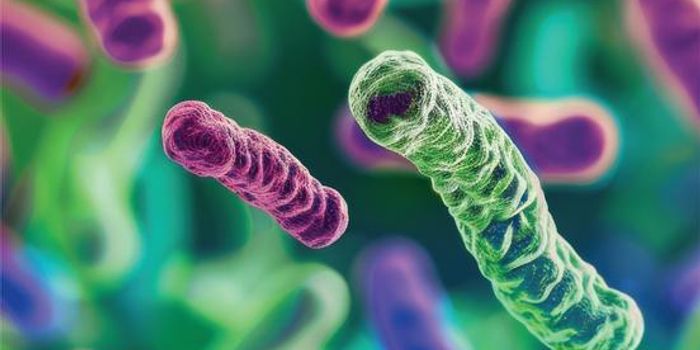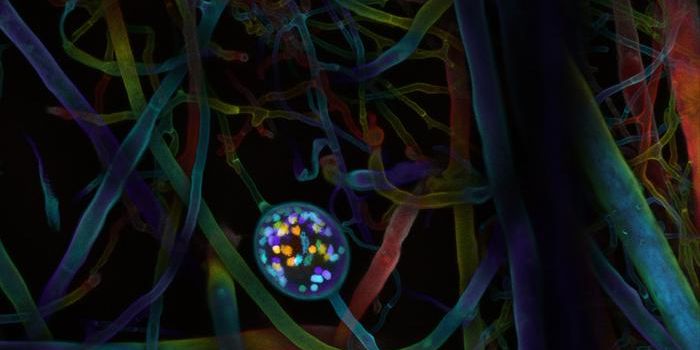Scientists Explore the Microbiomes of Foods
Microorganisms are everywhere, even inside of our guts. The microbes we interact with can sometimes have a huge influence on our bodies; while some have little or no impact, others might be beneficial or harmful. While our bodies carry different communities of microbes or microbiomes, we're also linked to other microbiomes, such as those carried by people or pets we live with, or those in the foods we eat. Scientists have now performed a massive study that investigated the microbiomes of 2,533 different foods.
Metagenomics tools were used to identify all of the genetic material in those foods, which was then analyzed and compared to known sequences to reveal the microbes within. The investigators found 10,899 microorganisms that are associated with the foods they studied. About half of these microbial species have not been described before. Food-associated microbes were found to compose an average of about three percent of the adult microbiome, and around 56 percent of the infant gut microbiome. The findings have been reported in Cell, and the data is freely available through an online database.
“This is the largest survey of microbes in food. We can now start to use this reference to better understand how the quality, conservation, safety, and other characteristics of food are linked with the microbes they contain,” said co-senior study author and computational microbiologist Nicola Segata of the University of Trento and the European Institute of Oncology.
When microbes are studied in the lab, they are usually grown one at a time, and analyzed individually. Metagenomic tools, made possible by genetic and computational advancements made in only the past few decades, offered a new approach for analyzing food.
“Food microbiologists have been studying foods and testing for food safety for well over a hundred years now, but we’ve underutilized modern DNA sequencing technologies,”noted co-senior study author and microbiologist Paul Cotter of APC Microbiome Ireland, among other appointments.
The 2,533 food-associated metagenomes came from 50 different countries and included different types of foods. Most of the foods, or 65 percent, were dairy products like cheese, while 17 percent were fermented drinks and 5 percent were fermented meats. The microbiomes of some similar types of food were also similar; different fermented drinks had microbiomes that were more like one another than those of fermented meats. However, the dairy microbiomes varied widely, with one dairy product having less in common with the microbiome of another than it did with another type of food.
The investigators grouped the microbes that were found into 1,036 species of bacteria and 108 species of fungi. They did not find any obvious pathogens in the food microbiomes, but there were some that might have undesirable effects. More work will be needed to fully define which microbes should or should not be in certain foods. Microbes might also be a useful way to validate the authenticity or origins of some specialty, regional food products.
“One thing that was striking is that some microbes are present and performing similar functions in even quite different foods, and at the same time, we showed that foods in each local facility or farm have unique characteristics,” noted Segata. “This is important because it could further improve the idea of the specificity and the quality of local foods, and we could even use metagenomics to authenticate foods coming from a given facility or location.”
Since the foods we consume and the microbes in them can affect our health, knowing more about food microbiomes could be important for our health.
The researchers noted that some of our gut microbes are coming directly from food, though that is much more common in infants who are building a stable gut microbiome; adults, on the other hand, already have an established gut microbiome. Humans may have acquired gut microbes from foods, which eventually adapted to become specialized to the human gut as well, noted Segata.
While the three percent of the adult microbiome that comes from food may seem like a very small proportion, it might still have a significant influence on our bodies, Segata added. “With this database, we can start surveying at a large scale how the microbial properties of food could impact our health.”
This project is part of the MASTER EU consortium, which is aiming to reveal more about the microbes in the whole food chain. The project is outlined in the video.
“In the future, we want to explore the diversity of these food microbiomes with respect to different foods, cultures, lifestyles, and populations,” said Cotter.
Sources: Cell Press, Cell









